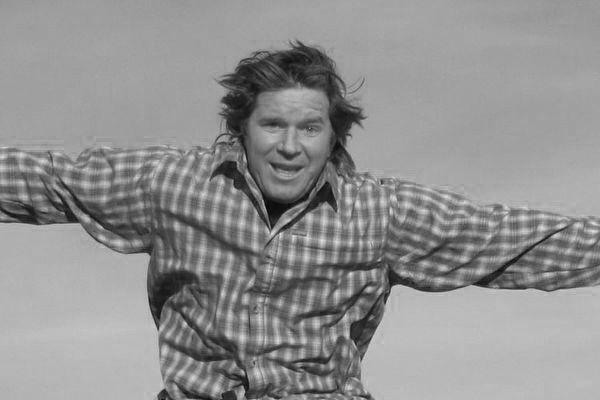
 Fred Williams
Brand Manager, Petersen’s 4Wheel & Off Road
Fred Williams
Brand Manager, Petersen’s 4Wheel & Off Road
If you’ve ever visited Southern California, you’ve probably came across what is commonly referred to as a prerunner truck. It is usually decked out with white fiberglass fenders that have not been painted yet due to lack of funds, a bunch of tube work in the bed where giant shocks are attached, a pair of spare tires for that race-ready look, and a front tube bumper with a big aluminum skidplate. These trucks usually have some sort of long-travel independent front suspension and are commonly based on two-wheel-drive Toyota and Ford Ranger mini trucks due to their fuel economy and low price.

Our old ’03 Chevy Avalanche was built as a big heavy trail monster for the 2003 Ultimate Adventure (“Ultimate Avalanche,” Aug.–Nov. ’03), but we’re slowly looking for ways to slim it down and make it more of a desert exploring truck. The old TrailReady front bumper worked awesome but was made of very heavy plate steel. We decided that a prerunner-style front bumper made of lighter tube would help this big pig of a truck. While it will never be nimble, it can be lighter over all. FabWorx helped design and build this straightforward front bumper, and we’re going to show you how to make your own with some simple fabrication tools.
 Our old bumper housed a 15,000-pound Warn winch and had been built by TrailReady back in 2003. The bumper looked good, protected the front end well, but weighed so much it took three guys to install it.
PhotosView Slideshow
Our old bumper housed a 15,000-pound Warn winch and had been built by TrailReady back in 2003. The bumper looked good, protected the front end well, but weighed so much it took three guys to install it.
PhotosView Slideshow
We also added a tube for hooking up the winch hook so it wouldn’t dangle below the bumper where it could get pinched or cut should we encounter a boulder along the trail. Below that we bolted on a Warn tow hook in case we need a tug or double line pull. We may add some light tabs and a pair of brights to the top bar down the road, but for now the bumper is complete and ready to run.












